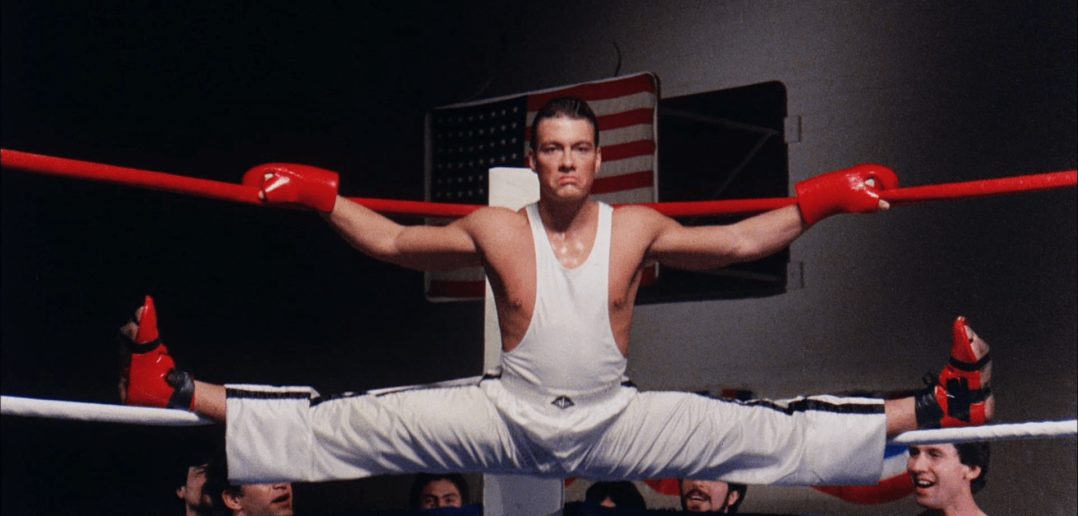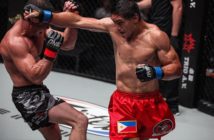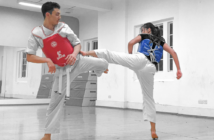by Phillip Starr
More than once (or a hundred, or maybe a thousand) times I’ve heard various martial art students and instructors ask, “Why is stretching and flexibility important? In my art/style. We don’t do any fancy high kicks, so why would we need to practice vigorous stretching exercises? Just a few warm-up routines is more than enough.” And they’re dead wrong. They’re looking at what seems to be the obvious and probably because they don’t personally like to engage in stretching exercises, they grasp at the first straw. And they completely miss the point.
Flexibility is, in my opinion, an essential part of any martial art training regimen. However, stretching exercises should be practiced at least every other day instead of just once or twice a week (or month). It works much like weight lifting; you can’t do it just once a week and expect to see any results. If you engage in such exercises only once in a while what you can expect are injuries from time to time. If you want to increase your strength – or, in this case, flexibility – you must do it at least every other day. Each practice session needn’t take a terribly long time. What is required is regularity and progression.
Stretching shouldn’t be terribly uncomfortable or forceful. It is gentle and perhaps mildly uncomfortable (and no forceful bouncing). You must learn to relax when you do it. Circulation is improved when you stretch, which will contribute to better health and helps slow the aging process. The Chinese say that “long muscles mean long life.”
Regardless of whether or not you practice high kicks, increasing flexibility in the legs and hips will do much for cultivating smooth, easy, and nimble footwork. Increasing flexibility in the waist and upper body will go a long ways towards upgrading your punches, too. And regular practice of stretching exercises will help prevent a variety of injuries in your martial arts training.
One of the things that contributes to what we call the “aging process” is a lack of flexibility. As we age our muscles tend to become less flexible and the effects are readily apparent, affecting everything we do. This needn’t happen. Although aging will certainly reduce flexibility to some degree, we can keep the wolf at bay by routinely engaging in a round of stretching exercises.
Now, I’m not going to provide a detailed explanation of how to practice various exercises; many, many fine books have already been written on the subject. But I know some of you will want to know how long you should allow for your stretching regimens. I recommend at least 30 minutes each time (you may wish to practice a bit longer). When I lived in China there were no nice training halls in which to practice. There was no practice equipment, either; one just had to “make do” with whatever was at hand. Each time I practiced at the park, I began with some basic warm-ups and then a round of stretching, which would last for at least half an hour.
I remembered seeing many of my American co-workers who were in their mid-60’s and beyond. In many cases, their overall physical condition was abysmal. They maintained just enough flexibility to walk and that was about it; they regarded stretching routines as something for the younger generation. And it showed. I determined that I would never end up like that and at age 66, I can, without prior warming up, bend over and place the backs of my hands on the ground (it’s a hair more difficult than placing the palms on the ground).
Yes, there are some exercises that I can no longer do as well as I did in my younger years but that doesn’t deter me from continuing to try. And that’s part of the secret -the trying – and being gentle with yourself. If you don’t try; if you give up, then you’re sliding down that nasty slope known as “aging.” Never give up the struggle! You’re never too old to improve!




